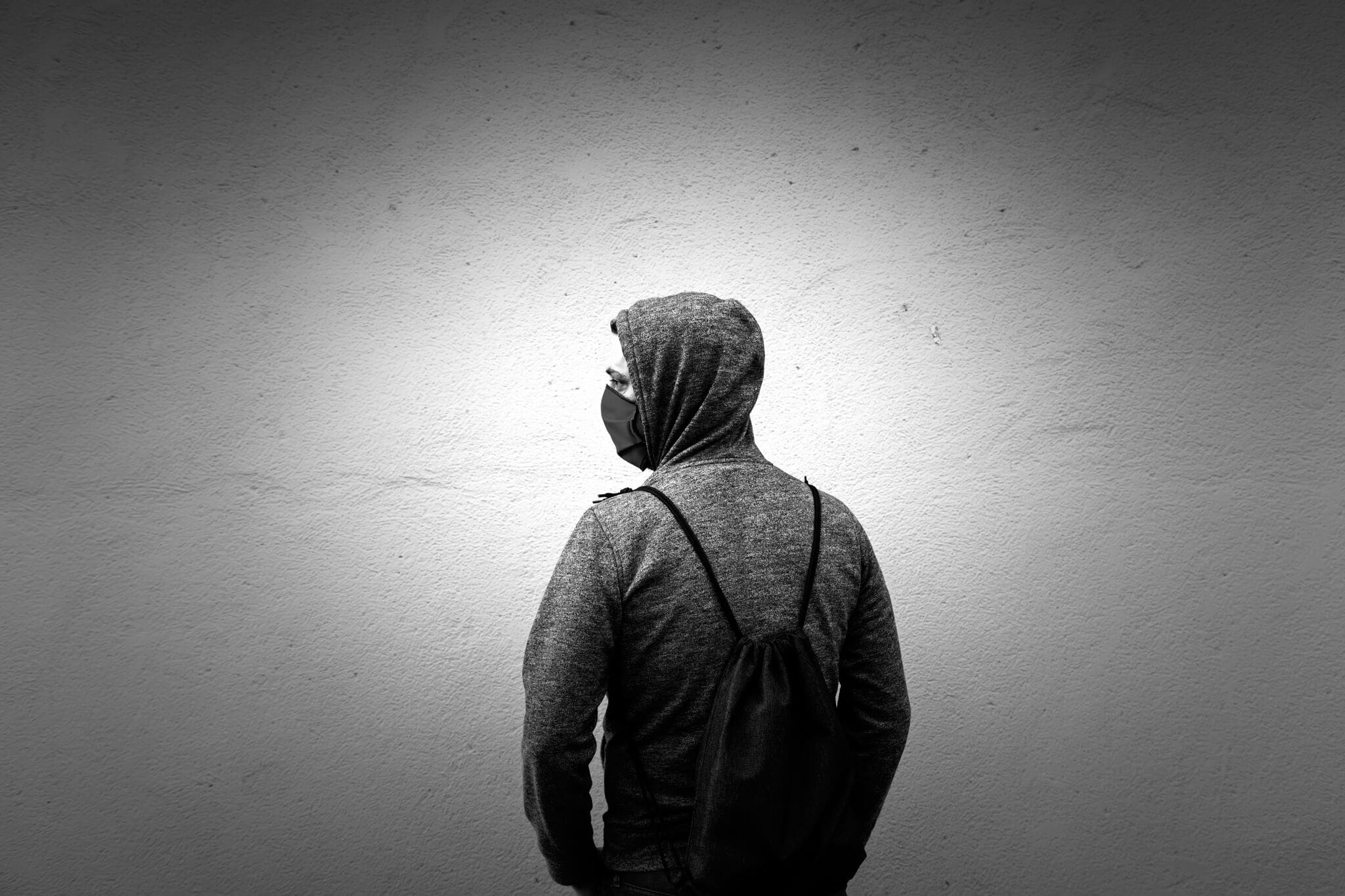In this article
Deprivation of Liberty Safeguards (DoLS) exists to protect people who have to be deprived of their liberty in order to receive the treatment and care that they require. This means that they may not be free to get up and move around or leave their care setting, or that they must be given certain treatment, for their own protection.
DoLS forms a key part of UK legislation and is part of the Mental Capacity Act 2005. Article 5 of the Human Rights Act 1998 protects our right to liberty and security and DoLS is the procedure used when a decision is made to override these rights in order to provide essential care.
DoLS provides essential safeguards. These safeguards are designed to protect vulnerable adults in hospitals and care homes (although this is being expanded to other settings). DoLS requires controls to be put in place to maintain a person’s dignity and human rights under the law whilst their freedom of movement and ability to consent to their care are restricted.
When a care setting decides to deprive someone of their liberty, they have to make an application to the local authority to do so. This is followed by an assessment that is done by experts to determine if the deprivation will be authorised (allowed to happen) or unauthorised (not allowed).
An application to deprive someone of their liberty has to follow strict criteria, encompassing a six-part assessment, followed by the right to appeal. This structured procedure attempts to ensure that vulnerable people are not deprived of their liberty unnecessarily and ensures that written proof is submitted showing this decision is necessary and only used as a last resort.
- DoLS only relates to adults (people over 18)
- The individual being deprived of their liberty must have a mental health disorder, e.g. dementia
- They must lack the capacity to make decisions about their care or treatment
- The care setting must be acting in the best interests of the patient
- The person must be eligible (and not being held under the Mental Health Act)
- A DoLS authorisation must not contradict previous decisions
Examples of DoLS in Practice
Example One
Mr Smith (age 87) slipped on some ice and suffered a nasty fall. He was taken to hospital due to experiencing a deep gash on his forehead and a fracture to his elbow and wrist. Due to his age and frailty and the fact that he lived alone, he was admitted to a hospital ward to recover.
Mr Smith was unhappy about being in the hospital and became agitated, shouting at staff members who tried to explain he was only there for a short time. He repeatedly asked to leave, and so the hospital, as the managing authority, gave itself an urgent authorisation to deprive Mr Smith of his liberty for his own safety.
At the same time, they made an application for a standard authorisation under DoLS from the supervisory body.
Mr Smith was prescribed a medicine called Haloperidol, a first-generation typical antipsychotic. It is commonly prescribed to older adults displaying agitation and helps to calm symptoms of anxiety.
The best interests assessor (BIA) agreed that Mr Smith was being deprived of his liberty as he was prevented from returning home and was being medicated. They also agreed he appeared to lack the mental capacity to consent to the arrangements given his age and confused state.
Due to his lack of family, an independent mental capacity advocate (IMCA) was appointed as part of the assessment process to act in the best interests of Mr Smith.
Outcomes:
- A short period of standard authorisation was authorised
- During authorisation it was necessary to make alternative care arrangements for Mr Smith’s discharge
- Once he was well enough to be discharged, Mr Smith went into interim respite care at a care home before going home
- As DoLS is setting specific, the previous authorisation could not travel with him and the new care setting had to make a new application
- After several best interest meetings, once his physical injuries were healed, Mr Smith agreed to return home with a care package in place and allow carers to call in twice a day to check on his wellbeing whilst maintaining some independence

Example Two
Mr and Mrs Jones are a proud couple in their nineties who are determined to live independently. Mrs Jones is suffering from dementia. The local authority has decided to pursue safeguarding proceedings as Mr Jones is refusing to allow carers into the house and will not engage with support services. The couple’s children are extremely concerned about the wellbeing of their parents and agree that their mother’s needs are not being met.
The LA believe that a move to a care home is in Mrs Jones’ best interests despite it being against her and her husband’s wishes. Due to this, a fast-track application to the Court of Protection (stating safeguarding concerns) is made to make a decision in her best interests.
- It is anticipated that once placed in the care home, Mrs Jones will require a high level of restrictions to give her appropriate care and treatment and that due to her dementia she will not be able to give informed consent
- Once the application is approved an application is made by the care home for a standard authorisation under the DoLS and her family is informed and given the right to appeal
Example Three
Miss Brown is 82 and lives alone. She has been experiencing symptoms of cognitive decline for some time. After leaving a pan unattended on the hob and forgetting about it, a fire broke out in her apartment. Luckily, she was able to get out into the communal corridor and a neighbour called 999.
Upon arrival to the apartment fire, it was discovered Miss Brown was living in a hoarding situation which posed a significant risk to her safety and was a huge fire hazard.
As a precaution, Miss Brown was admitted to hospital for oxygen and monitoring after smoke inhalation and then moved to a home for short-term care while her apartment was repaired.
The local authority was notified and adult social care workers attended to see the state of the property, looking at both the fire damage and the hoarding. It was determined that it was not safe for Miss Brown to return.
Although Miss Brown had been happy to stay for a brief time at the hospital and home, she was extremely resistant to the idea of not going back to her apartment, insisting it was safe and she could live alone. Due to the state of her apartment and her cognitive issues, it was determined that she lacked the ability to make competent decisions about her care and a standard authorisation was applied for to keep Miss Brown in the care home where she could be treated.
Overview of a Care Setting
The setting we will look at in detail in relation to DoLS is a small- to medium-sized care home that cares for up to 22 elderly residents.
The residents have a range of age-related physical and cognitive challenges.
The care home is set over two floors; upstairs are the bedrooms and bathrooms and downstairs contains the office/reception area, a communal area for residents to sit, a kitchen (for staff only), a dining room and a very small garden area.
There are 20 members of staff working there, including managers, senior carers, carers and two cleaners. All of the staff are female and almost half have English as a second or third language.
A number of residents in the care home had begun to show challenging behaviour, which was out of the norm, for example:
- Getting up in the night and trying to get out of the front door (which is code protected)
- One resident had managed to escape via a downstairs window (that was left open by a cleaner) and was found wandering the streets at night by the local police
- Access to the garden had been restricted due to fears after a resident had escaped through the window. Part of the garden fence was broken which left a clear escape route
- One resident had been heard sobbing loudly to a family member on the phone saying “Get me out of here” and making up some scenarios about bad things that were happening in the home
- Two of the dementia patients had refused to take necessary medication
- One individual had arrived from hospital with a DoLS already in place
Initial Assessment and Legal Compliance
Due to the challenging nature of some of the residents, senior care workers recognised that certain steps needed to be taken to deprive certain individuals of their liberty in order to provide them with the care and treatment they required.
An application was made by a manager at the care facility (known as the managing authority) to the local authority (known as the supervisory body) by filling out the required form.
Some of the workers had already taken some precautions and were depriving the transferred patient of liberty before the application was made, assuming that the DoLS authorisation had travelled with them from the hospital they were transferred from.

Implementation and Legal Compliance
An assessment had to be done on EACH patient separately. The assessment was to determine whether each individual case fitted the criteria needed for a deprivation of liberty to be authorised.
The assessment had to cover the six parts as set out by law:
- Age – the individual must be 18 or over
- Mental health – the individual must have a mental disorder (including dementia)
- Mental capacity – the individual must lack the capacity to make decisions and judgements about their own care and treatment
- Best interests – deprivation of liberty can only take place if it is in the best interests of the individual, is necessary to keep them safe and is proportionate to the likelihood of them coming to harm
- Eligibility – an individual must be eligible under DoLS and detention under the Mental Health Act 1983 must not apply to their situation (there is a different procedure if the Mental Health Act applies)
- No refusals – the authorisation should not contradict previous decisions made around refusing treatment (including those made by someone with lasting power of attorney)
Each assessment was done by two professionals who were appointed by the local authority. They met with each individual face to face and read through their health, medical and care records. The same people did not attend each time. Each time, a doctor had to attend, plus a second assessor, a best interests assessor (BIA), which included a nurse, social worker and chartered psychologist.
During the best interests portion of the assessment, three of the patients had relatives who could attend to act as their representative. One of the patients had no one to act on their behalf and there was some delay in appointing them an independent mental capacity advocate (IMCA).
In each case, the deprivation of liberty was authorised.
However, some conditions were added due to the DoLS authorisation to reduce the impact of deprivation of liberty on the resident, namely:
- The fence in the garden needed to be repaired immediately to make the area safe
- All residents should be allowed to visit the garden when they request it, accompanied by members of staff
Challenges Encountered During Implementation
Challenges in this particular setting included:
- Carers mistakenly assumed that a DoLS authorisation could travel with a person between different care settings, not realising that a separate application should be made
- In one case, a resident was making up stories about the facility in order to try to get out – having transparent procedures and good relationships between staff and the relatives of the residents is key in fostering trust and diffusing such situations
- There were a lot of staff members in the facility and communication was not always as good as it could be. The cleaner should have been told about not leaving the window open
It is clear this facility had made sure some training had been done around DoLS; however, some mistakes were made. It is important that training addresses:
- Language and cultural challenges – training must address the diversity of the workforce to ensure that everyone understands Deprivation of Liberty Safeguards and under what circumstances they are put in place
- Only senior carers flagged the need for DoLS – it is vital that the whole workforce is educated and empowered so that a supportive culture where everyone takes responsibility and is accountable is created
Positive Outcomes and Lessons Learned
Some of the positive outcomes include:
- In each case discussed in this case study, the assessors were satisfied and the deprivation of liberty was authorised. This shows that it was being used properly and only as a last resort
- The facility seemed to have good relations with relatives and they were informed of what was happening and included in the assessment process for most residents
- The care home was able to provide the assessors with the relevant paperwork (including health, medical and care records) – good recordkeeping is essential to show compliance and due diligence
There are some lessons to be learned:
- Training needed to be strengthened to ensure workers understand that if a person arrives from another facility with DoLS in place, it is not transferable and needs to be reapplied for (this could have been done in advance)
- It is not right to impact other residents due to some people requiring DoLS (such as not allowing anyone access to the garden)
- Essential maintenance and repairs should be done in a timely manner so that they do not impact on the quality of life of anyone in the care home
- There was confusion over appointing an independent mental capacity advocate (IMCA) – this should have been done more quickly as it delayed the whole process
In response to limitations that have been identified in the current DoLS system, a new set of safeguards has been developed as part of The Mental Capacity Amendment Act (2019). These new safeguards are called the Liberty Protection Safeguards (LPS). The new system is designed to be simpler, more streamlined and more patient centred. One of the key changes is that LPS authorisation can be applied across multiple settings without it having to be applied for each time.
It is important that everyone who is involved with DoLS, in any capacity, receives retraining to understand these new changes in order to continue to work efficiently and compliantly.
Additionally, it is essential to monitor and review any procedures that are in place to assess whether they are working properly and to identify any issues.

Conclusion
Deprivation of Liberty Safeguards is essential to ensure that a person’s human rights are respected if they have to be deprived of their liberty in order to receive essential treatment in a hospital or a care home when they lack the mental capacity to consent to it.
It is crucial that all care settings uphold best practice and act compliantly in order to deliver care that strikes a balance between safety and resident autonomy.






